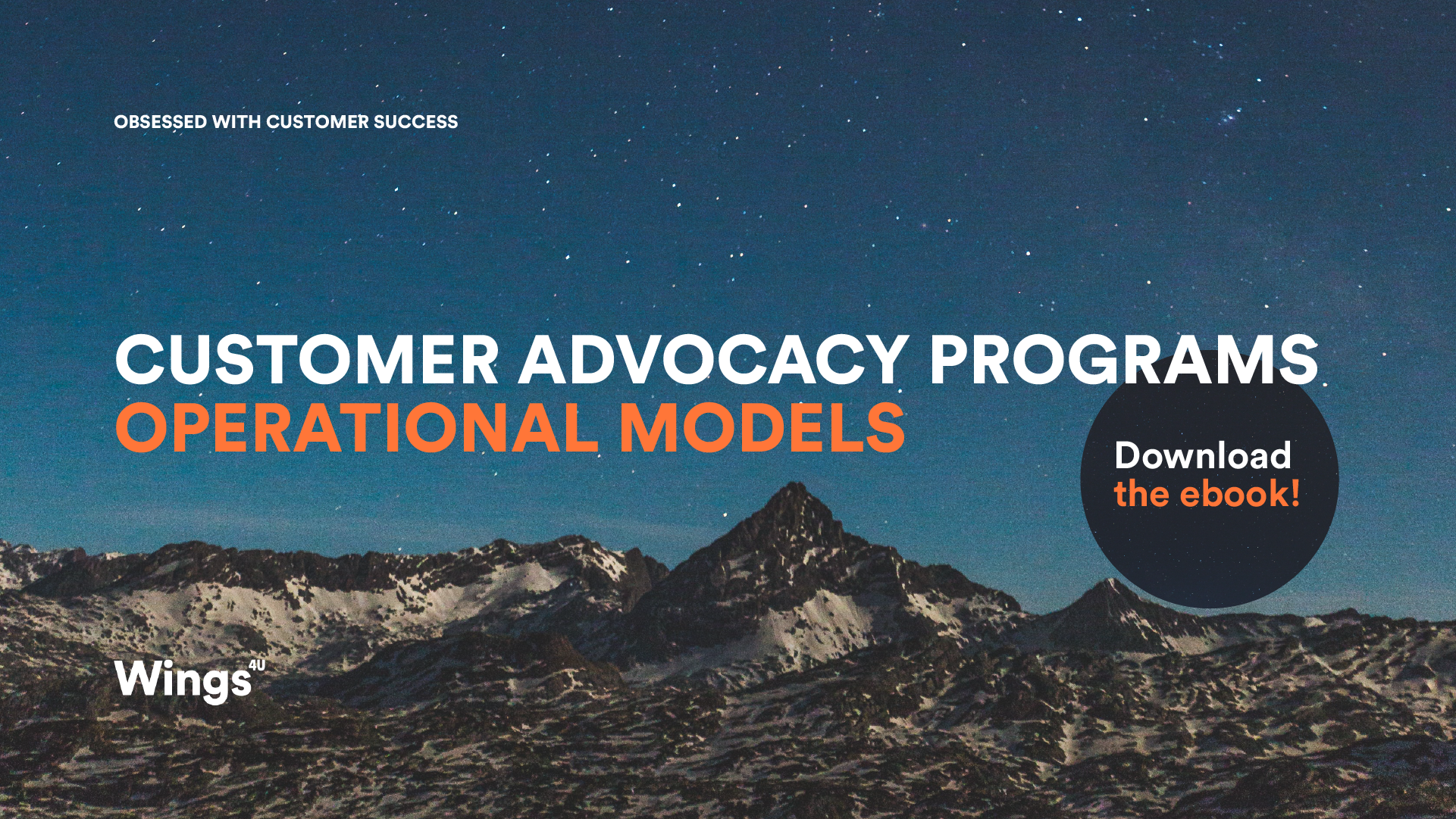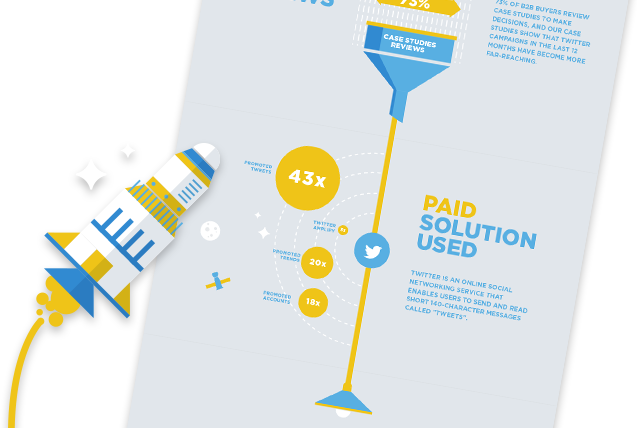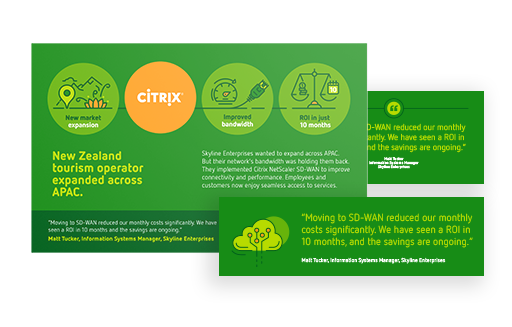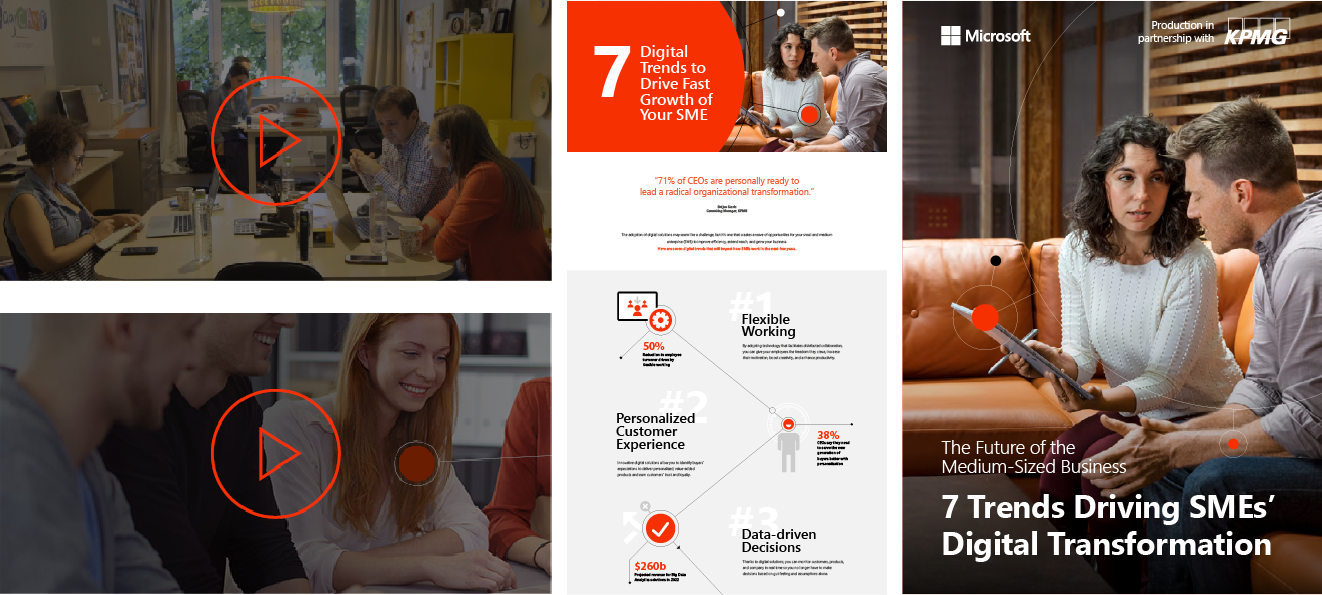.png?width=900&height=506&name=W4U%20Webinar%20Image.pptx(4).png)
In today's competitive business landscape, customer advocacy plays a crucial role in establishing trust, attracting new customers, and driving revenue growth. To harness the power of customer advocacy effectively, companies can adopt different operational models to manage their customer advocacy programs. In this article, we will explore four distinct customer advocacy operational models: the Evidence Program Model, the Reference Desk Model, the Community Focused Model, and the Proactive Model. Each model has its unique characteristics, benefits, and challenges. Let's delve into each one:
Evidence Program Model
The Evidence Program Model serves as a starting point for companies that want to establish a customer advocacy program. It focuses on discovering, producing, and amplifying customer stories through various channels. The Evidence program model offers two levels of service. The basic service is comprised of collecting and vetting customer stories, producing videos, and amplifying them. The mature service builds upon the basic service and includes the creation of an asset library, matching stories to sales opportunities, and it engages marquee brands in activities related to their customer stories.
This cost-effective solution provides easy access to customer content through an internal asset library, requiring a relatively low headcount to manage the program. However, this model has its fair share of challenges. Lack of systematic nurturing can lead to low customer retention while customer relationships often end with the completion of their stories. Advocates might experience reference fatigue from excessive requests, and measuring return on investment (ROI) can be challenging.
In summary, while the Evidence Program Model serves as a valuable starting point for companies, it's important to note the challenges that may arise and prioritize nurturing the relationships with customers even after their stories are collected.
Reference Desk Model
The Reference Desk Model takes a structured approach to securing reference participation, leveraging data to streamline the process. Key services include managing nominations, incentivizing customers, facilitating reference fulfillment, providing peer reviews, and leveraging analyst relations teams for support.
By implementing this model, teams can demonstrate improved success rates in securing references and aligning recruitment efforts based on demand. Tracking participation also helps alleviate reference fatigue and establishes service-level agreements for sales and marketing teams.
However, the impact of seasonality on program results cannot be underestimated. In such conditions, the achievements of one-to-many activities become limited, effectively decreasing the business impact of the program. Furthermore, overall program adoption tends to be slow and low, which means that references often don't receive the nurturing they need.
Community Focused Model
The Community Focused Model combines the Evidence Program and Reference Desk models and goes beyond by elevating collaboration with advocates. Its emphasis on building communities and engagement is evident in its key characteristics, which include: Services such as establishing online forums, virtual meetings, and events, creating customer advisory boards (CAB), and implementing customer journey automation to drive product usage and activations.
Benefits of the Community Focused Model include enabling direct collaboration with advocates, which is particularly beneficial for small and medium-sized businesses (SMBs), and driving online reviews from end-users to support analyst relations.
The challenge of this model is that doing a pilot can be complicated and costly - requiring not only a suitable platform but also significant investment. Although the scope is broad, the depth leaves a lot to be desired, and C-suite engagement is lacking. Without active management, it can easily devolve into just another online forum.
Proactive Model
The Proactive Model includes all services provided by previous models and emphasizes proactive engagement and personalized activities. This approach ensures that advocates are satisfied and maximizes your return on investment.
This model engages advocates in one-to-many activities based on an agreed calendar, proactively involving targeted opportunity owners and centralizing advocacy management.
The Proactive Model is designed to protect advocates from program fatigue, optimizing their contribution and ROI. It offers planned activities, eliminates surprises, accelerates the fulfillment of requests, and gains buy-in from internal teams. Additionally, it enables predictive and measurable advocacy management.
However, it's important to note that the Proactive Model requires increased involvement from advocacy managers. Scaling the model can also be challenging, as it primarily focuses on high-value and prominent advocates.
Conclusion
Customer advocacy operational models provide organizations with structured frameworks to engage, amplify, and leverage their customers' voices. Each model offers distinct characteristics, benefits, and challenges, allowing companies to select the most suitable approach based on their goals, resources, and customer base. By understanding these operational models, businesses can lay the foundation for a successful customer advocacy program and foster long-term relationships with their advocates, ultimately driving business growth and customer satisfaction.







